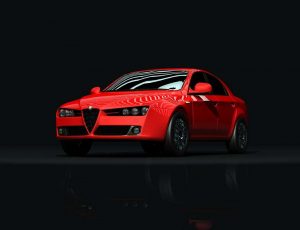- This topic is empty.
-
AuthorPosts
-
18/02/2025 at 10:59 #4216
In the dynamic world of fashion, the question of whether designers create their own designs is both complex and multifaceted. While the surface may suggest a straightforward answer, the reality involves a blend of creativity, collaboration, and industry dynamics that shape the final product. This post delves into the intricacies of the design process, examining the roles of inspiration, collaboration, and the influence of market trends.
The Genesis of Design: Inspiration and Ideation
At the heart of fashion design lies inspiration. Designers often draw from a myriad of sources, including art, culture, history, and personal experiences. This initial spark is crucial, as it sets the tone for the entire collection. However, it is essential to recognize that inspiration does not equate to originality. Many designers reinterpret existing ideas, infusing them with their unique perspective. This practice raises the question: to what extent can we claim that designers make their own designs?
The Role of Collaboration in Fashion Design
In the contemporary fashion landscape, collaboration plays a pivotal role. Designers frequently work alongside teams of stylists, textile experts, and marketing professionals. This collaborative environment fosters a rich exchange of ideas, often leading to innovative outcomes that may not have been possible in isolation. For instance, a designer might conceptualize a garment, but the final product is often a result of collective input, refining, and adjustments made throughout the design process.
Moreover, many high-profile fashion houses employ a team of designers who contribute to various aspects of a collection. This division of labor can blur the lines of authorship, making it challenging to attribute a design solely to one individual. As such, while a designer may initiate a concept, the collaborative nature of the industry means that the final design is often a collective effort.
The Influence of Market Trends and Consumer Demand
Another critical factor influencing whether fashion designers create their own designs is the impact of market trends and consumer demand. The fashion industry is notoriously trend-driven, with designers often feeling the pressure to align their creations with current consumer preferences. This reality can lead to a phenomenon known as trend replication, where designers produce variations of popular styles rather than entirely original concepts.
Furthermore, the rise of fast fashion has intensified this trend-driven approach. Designers may find themselves in a race to produce collections that resonate with consumers, sometimes at the expense of their creative vision. In this context, the question arises: are designers truly making their own designs, or are they merely responding to the demands of the market?
The Ethical Considerations of Design Ownership
As the fashion industry grapples with issues of originality and ownership, ethical considerations come to the forefront. The debate over intellectual property rights is particularly relevant, as designers seek to protect their creations from imitation. The challenge lies in balancing inspiration with originality, ensuring that the creative process respects the contributions of others while fostering innovation.
Conclusion: A Nuanced Perspective on Fashion Design
In conclusion, the question of whether fashion designers make their own designs is not a simple yes or no. It encompasses a rich tapestry of inspiration, collaboration, market dynamics, and ethical considerations. While designers undoubtedly play a crucial role in the creative process, the final product is often a reflection of collective efforts and external influences. As the fashion industry continues to evolve, understanding these complexities will be essential for appreciating the artistry behind each design.
-
AuthorPosts
- You must be logged in to reply to this topic.


